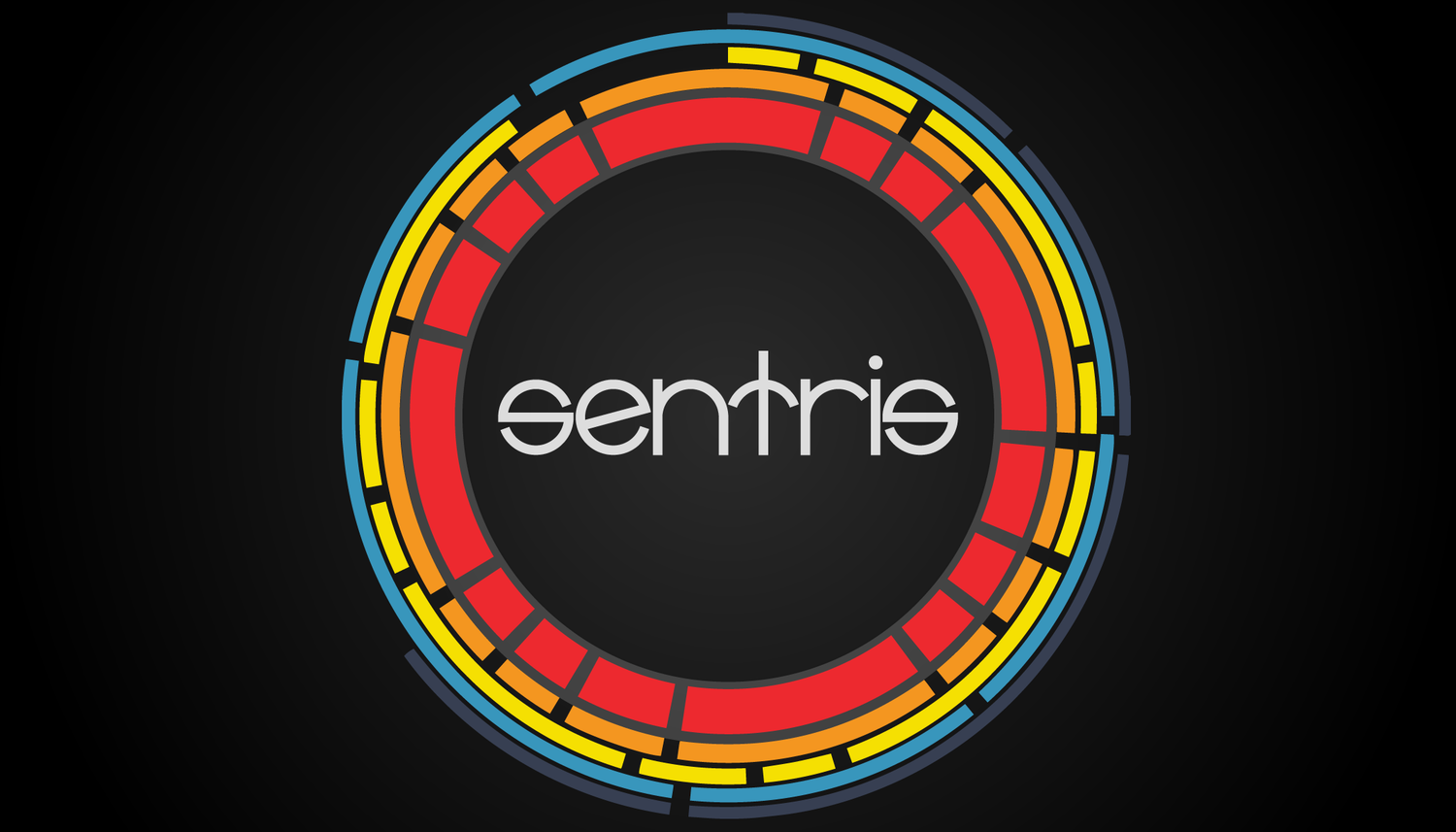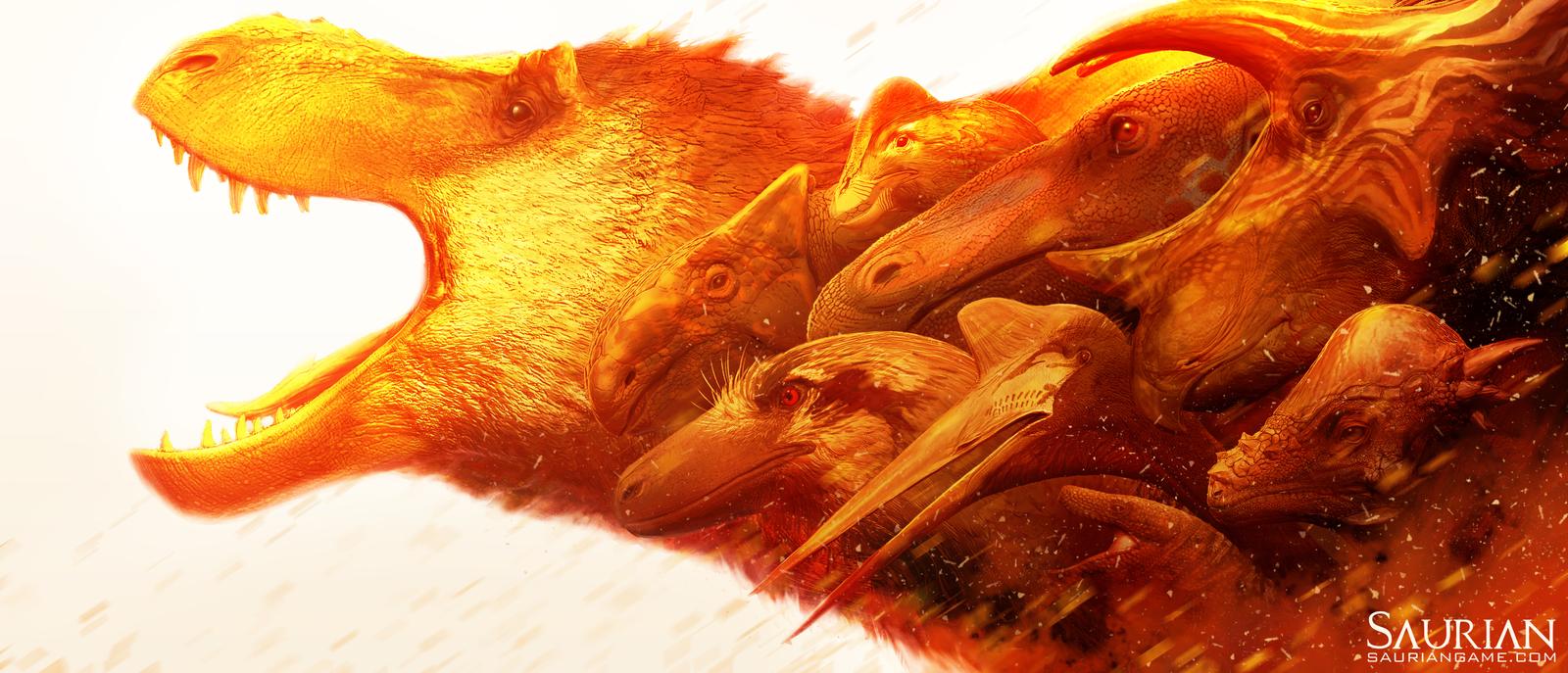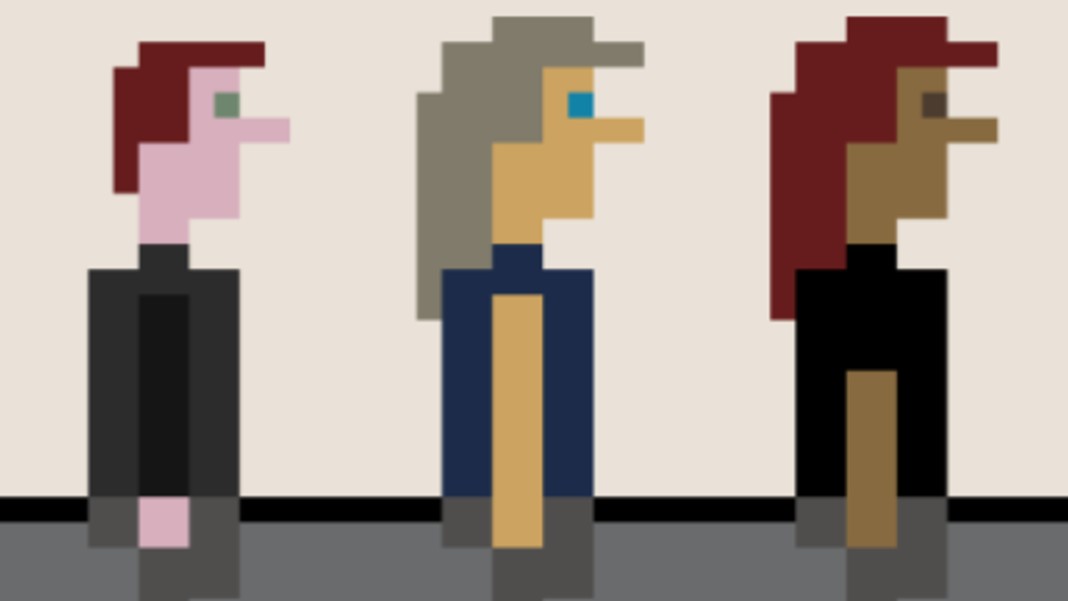Rhythm and music-based games have always been close to my heart. Throughout the years people talked as if the genre died with Rock Band and Guitar Hero, but that was neither the start nor end of a much longer-lived phenomenon. Sentris exists as a modern rhythm game but also something more. The “more” bit might not make sense to people who approach it from a pure gamer perspective, but hopefully by spending a little time with Sentris they’ll be able to appreciate this more.
First, let’s approach Sentris as if it were just any other rhythm puzzle game. At this point in Early Access there’s no tutorial, which means players are thrown right into the fray. After selecting from a few features (song, difficulty, BPM, etc) you’re greeted with spinning concentric circles with grid lines inside. The circles are surrounded by colorful pieces of varying sizes. These each have a symbol on them as well. Sentris’ visual presence is immediately striking. As fun as it is to gawk at the entrancing beauty of concentric circles, eventually you learn how to play as well.
Playing Sentris is a personal matter in ways I’ll define soon enough. But the basics are thus: Select a color and shape you like and place it in a glowing area on the spinning circles. Depending on the difficulty selected these glowing areas change in size and color. As such, you can only claim victory by placing the appropriately colored blocks in. In a way, it’s a bit like Tetris, although there’s more to watch out for. On harder difficulties you’ll need to watch how many shapes of a certain type are in play. If you place too many then each additional placement removes another from the field.
So, my hints have been suggesting that there is more to the game than just tackling musically-based puzzles… As it turns out, Sentris is also quite a fun tool for music creation itself. By placing each shape into the circle you are creating the music that plays. By choosing different colors, sizes, and symbols you decide how the song plays out. At first it is very hard to even consider this facet. Initially, I made some horrible cacophony – but this intrigued me to pursue it further.
Eventually you start to understand how to craft the sounds in ways that sound pleasant instead of awful. In many ways playing the game is like learning how to play an instrument. In this case everything is self-taught and the instrument is purely digital. Exploring Sentris’ music creation abilities are where most players will likely spend the majority of time. By enthusiastically crafting music you don’t even have to worry about the puzzle gameplay if you don’t want. Or, it can become a fun challenge to make songs sound good while still completing each stage.
There’s still a long way to go before the title is ready for prime time, but even so the experience is well worth diving into now if you’ve got any interest in making music. I’ve tried time and time again with specific software and even gaming sequencers (Cosmic DJ, FRACT OSC). Sentris stands above the rest as the easiest to get into and create non-awful sounds with. Given the proper time to be further developed it can only get better. Along the way there will also be much-needed improvements to make the menu interface friendlier. It’s likely more puzzles will be implemented as well to expand the gameplay. Sentris is an incredibly unique game/musical instrument just begging you to take it for a spin.





